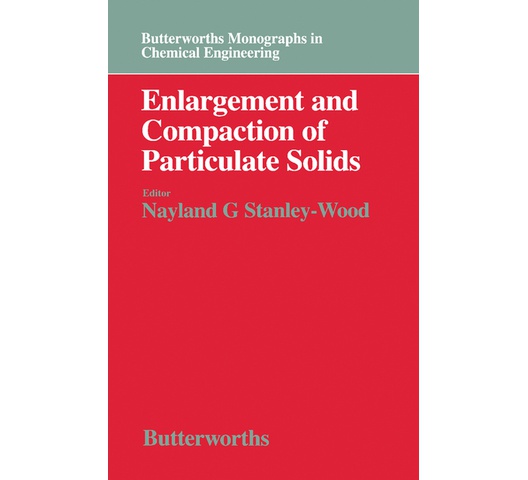
Enlargement and Compaction of Particulate Solids
Enlargement and Compaction of Particulate Solids describes the methodology used in the compaction and size enlargement of particulate solids. The discussions are organized into the following topics: characterization of powders and granules before and after compaction; mixing; shear testing; fluidized bed granulation; mechanisms of size enlargement and compaction; and instrumentation of industrial presses and processes. This text is comprised of 12 chapters; the first of which deals with the measurement of size and shape of individual particles or collections of individual particles, both spherical and non-spherical. Attention then turns to particle characterization by size, shape, and surface for contacted particles. The application of nitrogen isotherms Types II and IV and mercury intrusion to compacted solids is highlighted. The chapters that follow focus on powder mixing; flow and handling of solids; and pharmaceutical granulation and compaction. The basic mechanisms of size enlargement are reviewed in relation to three common methods of granulation: pan granulation, fluidized bed granulation, and spray drying or prilling. The remaining chapters describe the mechanisms of compaction, compact characterization, instrumentation of tablet machines, compaction of ceramics, and isostatic pressing and compacting techniques. This book is intended primarily for students and chemical engineers as well as physicists, powder and pharmaceutical technologists, ceramacists, and metallurgists.
KES 10,916

International delivery
Free click & collect
| UPC | 9781483162652 |
|---|---|
| Author | Nayland G. Stanley-Wood |
| Pages | 304 |
| Language | English |
| Format | |
| Publisher | Elsevier Science |
| SKU | 9781483162652 |
None

